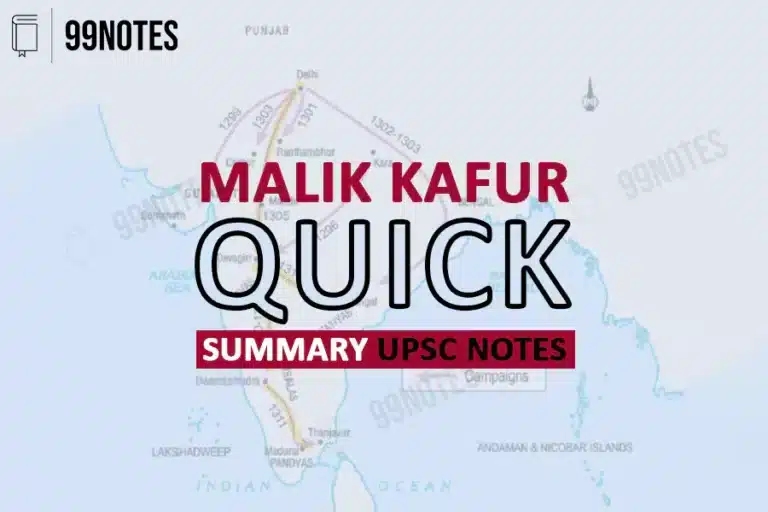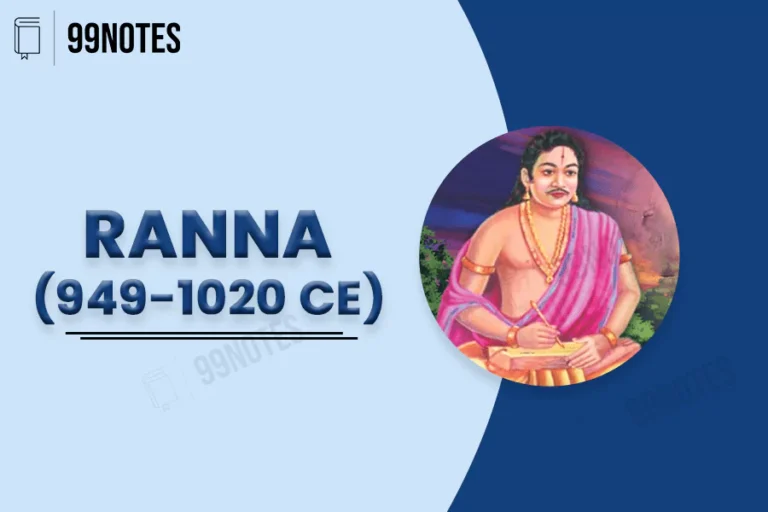Ramappa Temple: UNESCO World Heritage Site in India
Ramappa Temple
The Ramappa Temple is one of the most famous Old temple in Telangana, India. It is popular due to its unique design and history. Ramappa Temple which was built about 800 years ago shows that people in the past were highly skilled. This temple is not merely a religious place but also an art work.
Ramappa Temple is also known as Rudreshwara Temple after Recherla Rudra, who patronized this temple. Recherla was a General of the Kakatiya ruler Ganpati Deva (1199-1262 CE). Ramappa was the sculptor’s name who built it, making it the only temple in India attributed to its craftsman.
Ramappa Temple History
History of Ramappa Temple is very interesting touchable the glorious cultural and architectural legacy left behind by Kakatiya Dynasty in India. Ramappa Temple was constructed during the early 1200s when a dynasty known as Kakatiya ruled over this area. Ramappa Temple has undergone a lot and survived, displaying to us the history of this region and its inhabitants.
-
The temple is dedicated to Ramalingeswara Swamy.
-
On his visit to the Kakatiya Empire, Marco Polo referred to the Ramappa temple of Kakatiya empire as “the brightest star in the galaxy of temples”.
-
UNESCO recognized it as a “World Heritage Site” in 2021.
Ramappa Temple Architect
The main person behind the design of temple was a man named Ramappa. That’s why they named it Ramapppa Temple. He built the temple with special techniques and ideas. The use of light bricks that can float on water is another amazing Thing. The temple also has nice carvings on the walls that narrate stories and depict various designs. The temple is not simply a structure, it is a place where you can witness how people in the past has combined the art, science and religion. The temple is a symbol of India’s rich heritage.
Ramappa temple is built on a 6-foot-high star-shaped platform. The foundation was created using a ‘sandbox technique‘ so the temple could withstand a major earthquake in the 17th century.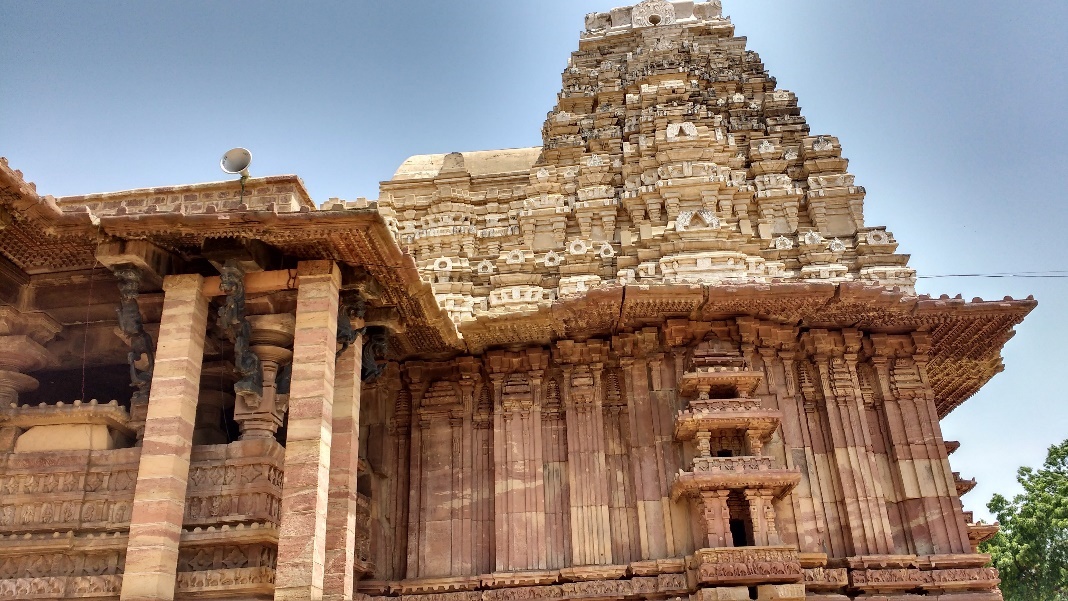
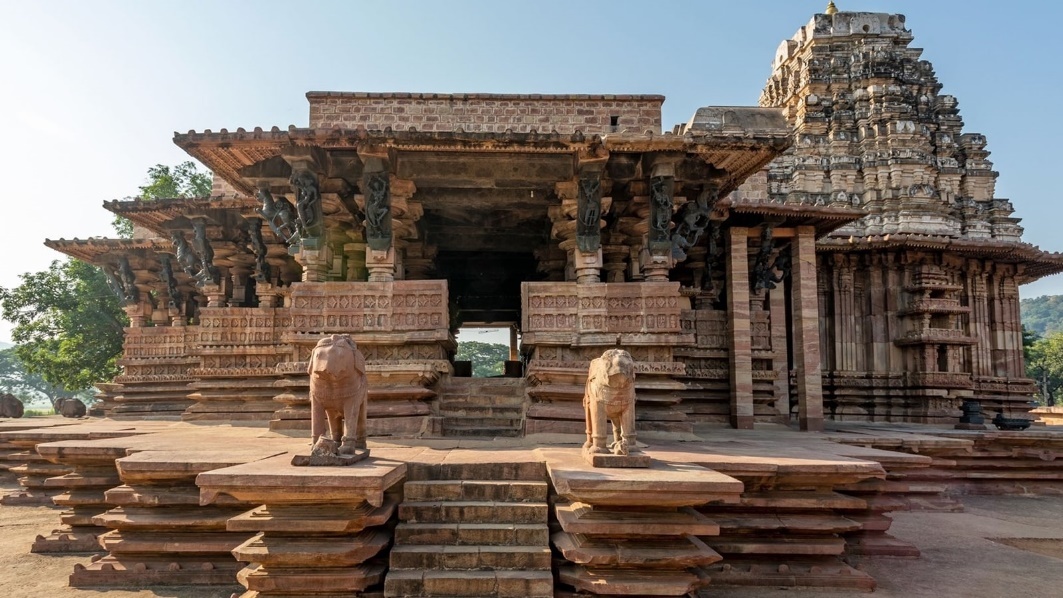
(Source: Wikipedia)
-
-
The temple is built on a 6-foot-high star-shaped platform. The foundation was created using a ‘sandbox technique’ so the temple could withstand a major earthquake in the 17th century.
-
Sandbox Technique
-
A pit is dug first in the sandbox technique for laying building foundations. Then, it is filled with a mixture of sand lime, jaggery, and karakkaya (Terminalia Chebula). Jaggery is used as the binding material. On this sandbox, the building base is built.
-
The sandbox acts as a cushion against earthquakes. The sand in the sandbox dissipates earthquake vibrations by the time they reach the actual foundation of the building.
Advantages of Sandbox Techniques
- Due to the slow weathering rates of the sand, the sandbox has been effective against earthquakes for several centuries.
- It is cheaper, and the materials used are available naturally.
Limitations of Sandbox Techniques
- It cannot be used to build tall buildings like skyscrapers.
-
Sandbox technique flourished only during the reign of Rudramadevi.

(Source: Wikipedia)
-
-
Reddish sandstone has been used in the lower part of the main structure.
-
Black basalt has been used in the large brackets in the columns round the outside. The brackets are beautifully carved with female dancers in sensuous postures from the local Perini Dance, mythical animals, etc. The carvings depict the master craftsmanship of the Kakatiyan sculptors.
-
(Source: Wikipedia)
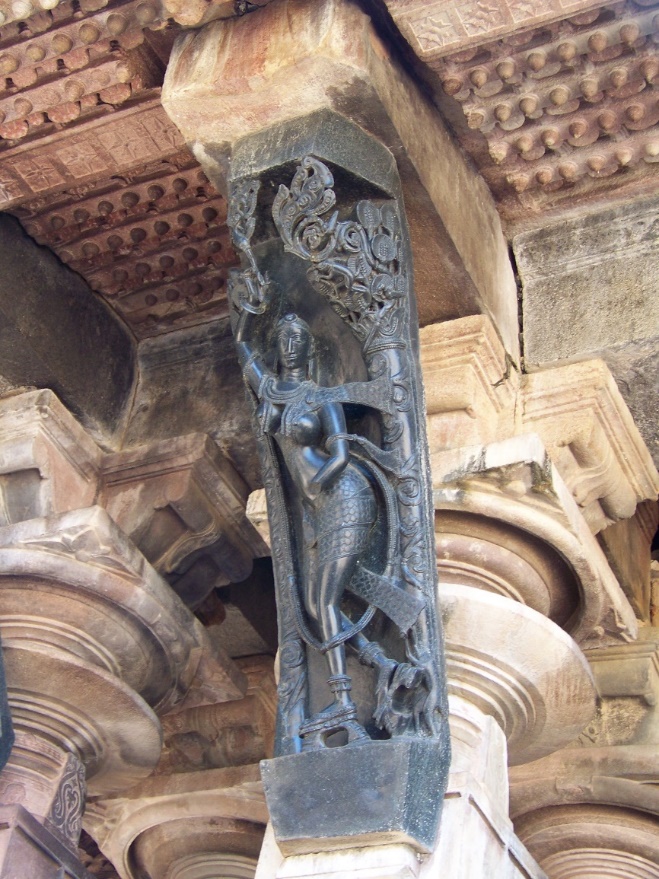

-
A special kind of brick has been used for the pyramidal vimana of the temple. The bricks are very light, porous, and can float on water.
-
The flooring is of granite, and the pillars are of basalt.
-
Two small shiva shrines are on either side of the temple.
-
The complex also has an enormous life-like Nandi bull facing the main shrine.
-
It is near Ramappa Lake (Ramappa Cheruvu), also built by Kakatiyas.
-
-
-


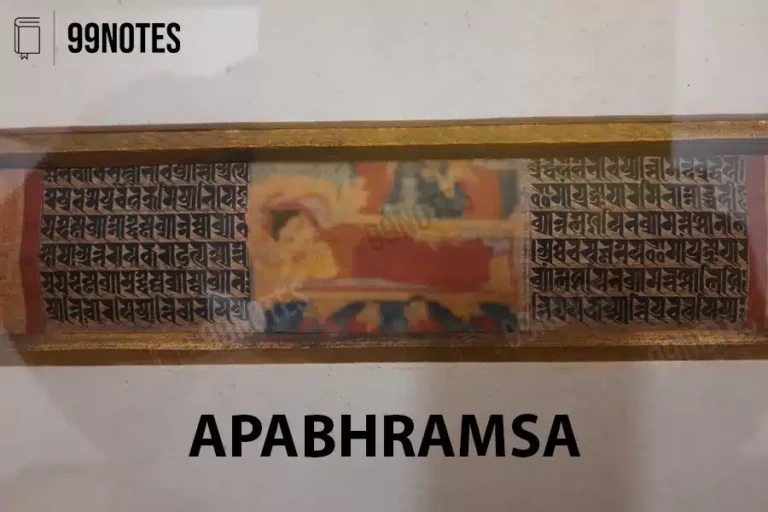
![Panchayatana Style Of Temple Architecture [Complete Upsc Notes] | Updated July 27, 2024 Panchayatana Style Of Temple Architecture [Complete Upsc Notes]](https://99notes.in/wp-content/uploads/2023/03/panchayatan-style-99notes-upsc-768x512.webp)
